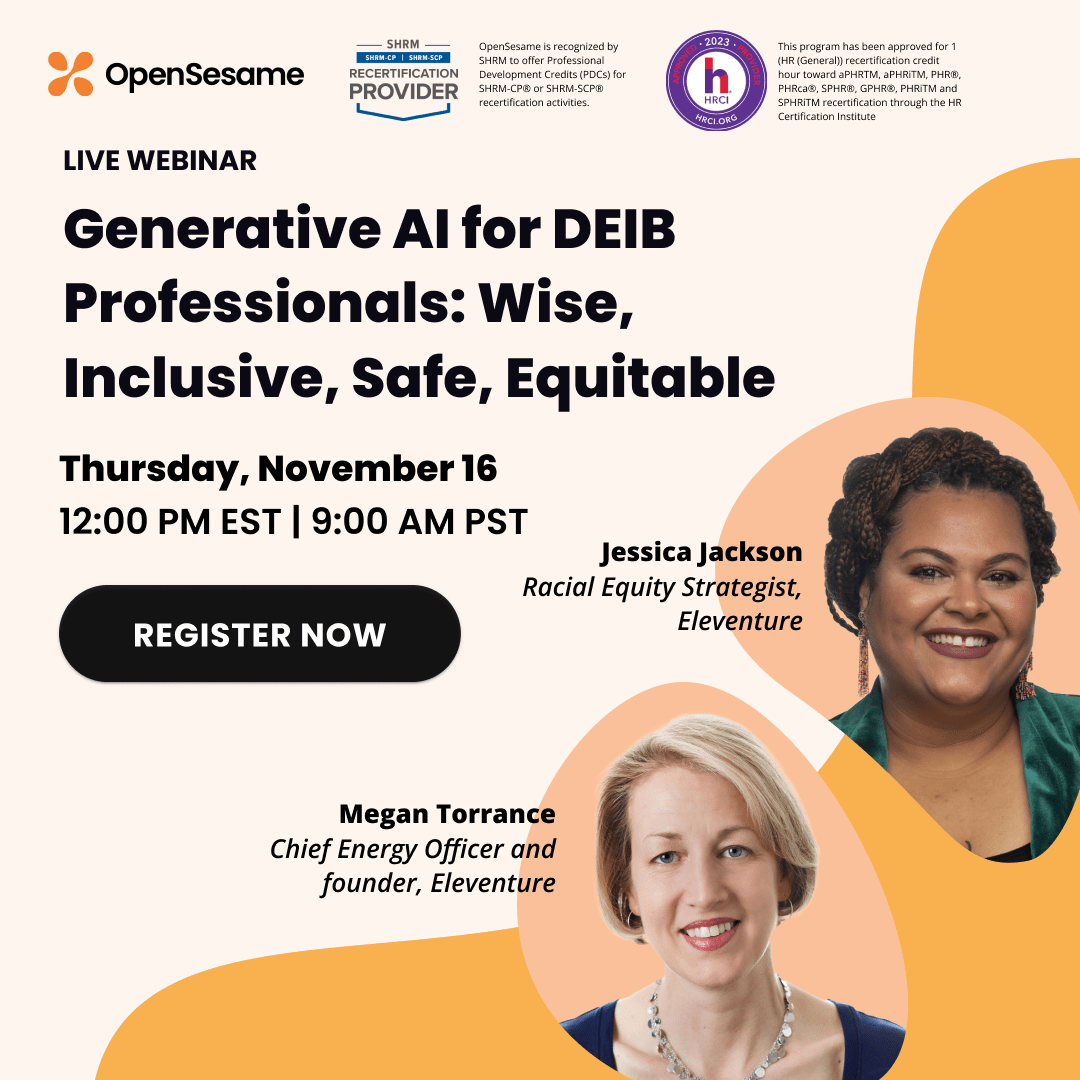Several articles on the internet claim that Learnability is one of the most desirable traits in the modern workplace. With technology morphing every imaginable industry, an employee’s ability to learn, unlearn and relearn critical skills can determine how fast she grows on the job. But when, where and how does learning occur?
Neuroscientists, biologists, and psychologists have explored the topic extensively, and continue to identify parts of the brain that influence learning. While individual brain development and learning history may influence one’s learning ability, there are a few commonalities regarding how we learn.
1. Past Experiences:
An organizational culture that supports reasonable risk-taking has been identified as a key feature of innovation-led companies. But when teams are focused on achieving results quickly, individuals find it difficult to take the necessary risks to innovate and learn. Moreover, if employees are penalized for outcomes beyond their control, they are more likely to become discouraged and less likely to make suggestions or run experiments.
2. Problem Solving:
Most business leaders are adept at identifying problems, and then pressuring their teams to solve them quickly. When people rush into problem-solving mode, an interesting thing happens: they think less clearly and, as a result, are less likely to find solutions. Good leaders understand this, and instead of generating discomfort by focusing on the problem, they generate creative dissonance by focusing on possible solutions.
3. Desire to Learn:
A desire to learn, without having any rigid expectations of the outcome, is the most authentic type of learning. This is an example of what psychologists call Intrinsic Motivation. The action or behavior itself, not the outcome, is the reward. Outstanding leaders find ways to tap into employees’ natural learning abilities, connect their unique interests and talents to their roles, and instill in them a sense that their work contributes to something important. We all need a sense of purpose—to know that our lives have meaning. When we enjoy learning for the sake of learning, and believe that our work has purpose, we experience intrinsic motivation.
Are You/Is Yours a Learning Organization?
In recent times, companies are increasingly investing in training and future proofing their workforce. But unless employees are able to adjust, adapt and respond in dynamic situations, organizations will not thrive.
The phrase, “Learning Organization,” was coined by Peter Senge in his book, The Fifth Discipline. He defines it as:
“Organizations where people continually expand their capacity to create the results they truly desire, where new and expansive patterns of thinking are nurtured, where collective aspiration is set free, and where people are continually learning to see the whole together.”
Intense? Yes. But also, appealingly aspirational.
What are your thoughts?
About the Author
TalentQuest has a 45-year history of helping our clients unleash the power of their people. Fueled by behavioral science and our proprietary TQ Talent Insights™, our innovative Talent Management and Development solutions enable organizations to shift from a one-size-fits-all to an individualized approach to talent management and development.
Check out our TQ Leadership Series courses now available on OpenSesame.




